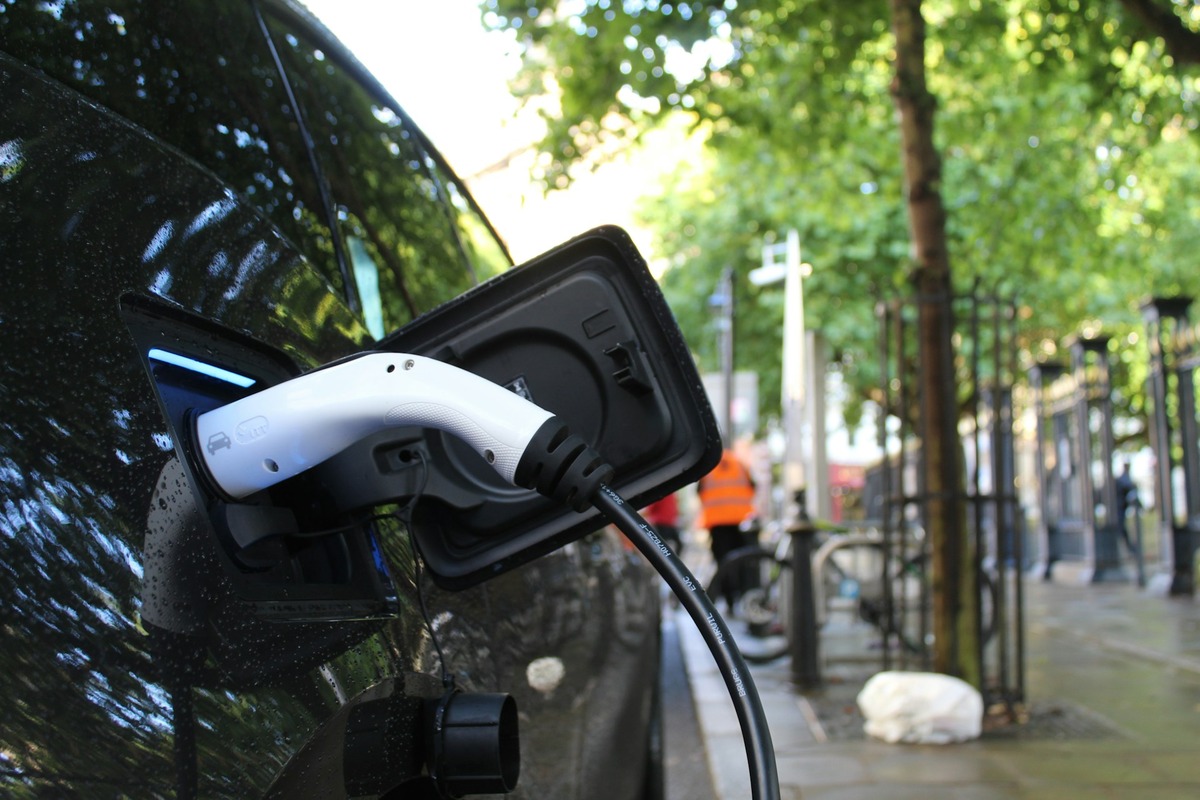Table of Contents:
- Introduction to Electric Vehicle Charging Innovations
- The Rise of Fast Charging Technology
- Wireless Charging: Cutting the Cord
- Bidirectional Charging Explained
- Charging Infrastructure Expansion
- Smart Charging Systems and Their Benefits
- Renewable Energy Integration
- Looking Ahead: Innovations on the Horizon
Introduction to Electric Vehicle Charging Innovations
Electric vehicles (EVs) symbolize a substantial shift in modern transportation, moving us toward a cleaner and more sustainable future. As these vehicles become more integrated into daily life, the importance of developing advanced charging technologies grows exponentially. One standout example is the cutting-edge EV charging solutions by Delta Electronics, which highlight the rapid progress in this field. These solutions help overcome common EV ownership hurdles, like limited range and time-consuming recharge periods, fostering greater adoption by assuaging common consumer fears.
The growth of EVs mandates not just evolution but revolution in the way we fuel our vehicles. Traditional fueling stations are no longer sufficient; society demands charging methods that align with fast-paced contemporary lifestyles. As nations worldwide transition from fossil fuels, these charging innovations represent a crucial aspect of sustainable development, reducing dependence on nonrenewable energies and decreasing carbon footprints.
The Rise of Fast Charging Technology
Fast charging technology stands out as a transformative development in the EV landscape. Slashing charge times from hours to mere minutes redefines convenience for electric vehicle owners. Fast-charging stations enable a car to gain significant range in the time it takes to sip a coffee, which was previously unimaginable. This convenience greatly encourages EV use among consumers who might be hesitant to switch from traditional vehicles due to range anxiety or long downtime.
Moreover, the benefits of fast charging in urban areas are manifold. Urban environments, known for their hasty pace, benefit immensely from this capability, allowing residents to recharge their vehicles within short windows of downtime. Fast charging is pivotal in mitigating urban pollution, providing a dual advantage of supporting busy lifestyles while contributing to cleaner air in densely populated areas.
Wireless Charging: Cutting the Cord
Wireless charging represents the future of seamless energy transfer, providing significant freedom and flexibility to EV owners. This technology involves an electromagnetic field transferring energy between two coils, facilitating no-contact energy transfer from the charging pad to the car. Such ease of use epitomizes the future of EV charging, where convenience and efficiency are kings.
Innovation is underway worldwide, with cities showcasing early adoption by embedding wireless chargers in roads and public parking areas. The main hurdles to widespread adoption, such as higher infrastructure costs and somewhat lower efficiency, are being tackled through relentless research and development. Overcoming these challenges would mark a significant paradigm shift in how energy is perceived and utilized, emphasizing ease and accessibility.
Bidirectional Charging Explained
Bidirectional charging is not just about recharging vehicles; it’s about a two-way street where EVs contribute back to the grid, thus supporting energy grid stability. This vehicle-to-grid (V2G) technology allows electric cars to store renewable energy, like solar power, during the day and discharge it back when demand peaks, effectively becoming an integral part of the energy ecosystem.
This innovation empowers consumers by optimizing their vehicle energy usage and offering them potential financial incentives through energy savings and rebates. Communities implementing successful projects report enhanced grid stability and energy resilience, as noted in an in-depth look at bidirectional charging systems. Such initiatives underscore a new era where vehicles double as traveling batteries, enhancing mobility and utility.
Charging Infrastructure Expansion
The adoption of EVs hinges on the availability and reliability of widespread charging infrastructure. Current networks are expanding rapidly, with private companies and government initiatives filling the gaps. This expansion is essential to meet the growing number of EV drivers seeking convenient and timely charger access.
Creative solutions, such as pop-up charging stations or mobile chargers, are gaining traction, particularly in areas where traditional setups aren’t feasible. By diversifying charging locations and increasing their abundance, the industry aims to make “range anxiety” a relic of the past, boosting public confidence and willingness to adopt electric vehicles over traditional petrol or diesel models.
Smart Charging Systems and Their Benefits
Smart charging is revolutionizing energy consumption management. By utilizing advanced algorithms, these systems weigh factors like grid capacity, energy prices, and user preferences to optimize charging patterns. This leads to economic savings for users through off-peak rates and benefits the grid by smoothing out demand peaks.
Several urban centers are beginning to embrace smart charging technologies, implementing pilot initiatives that showcase substantial energy savings and enhanced grid performance. Such smart systems exemplify the intersection of technology and sustainability, demonstrating a holistic approach to modern energy challenges.
Renewable Energy Integration
Marrying renewable energy with EV charging infrastructure promises an unparalleled leap in sustainable transportation. Charging electric vehicles with wind or solar power, particularly during surplus production, can drastically cut carbon emissions. This fusion of green technologies represents a systemic transformation, promoting cleaner energy usage and greater self-sufficiency.
Innovative projects, like solar panel-equipped carports and wind turbine-integrated charging stations, are popping up worldwide, serving as models for ecologically responsible growth. They showcase the symbiotic relationship between renewable energy and electric vehicles, emphasizing the goal of minimizing environmental impact for future generations.
Looking Ahead: Innovations on the Horizon
The evolution of EV charging technology is far from over; the horizon holds even more breathtaking innovations. Imagine ultrafast chargers offering a full charge in less time than a traditional fuel stop or enhanced wireless charging systems allowing drive-over top-ups across entire city blocks. These ideas are not just dreams but impending realities.
Integrating smart city frameworks with charging infrastructure could streamline traffic and power management, creating smarter, cleaner, and more efficient urban environments. As research continues and strategies develop, the role of these futuristic innovations will cement the importance of sustainable solutions in the transportation and energy sectors.







